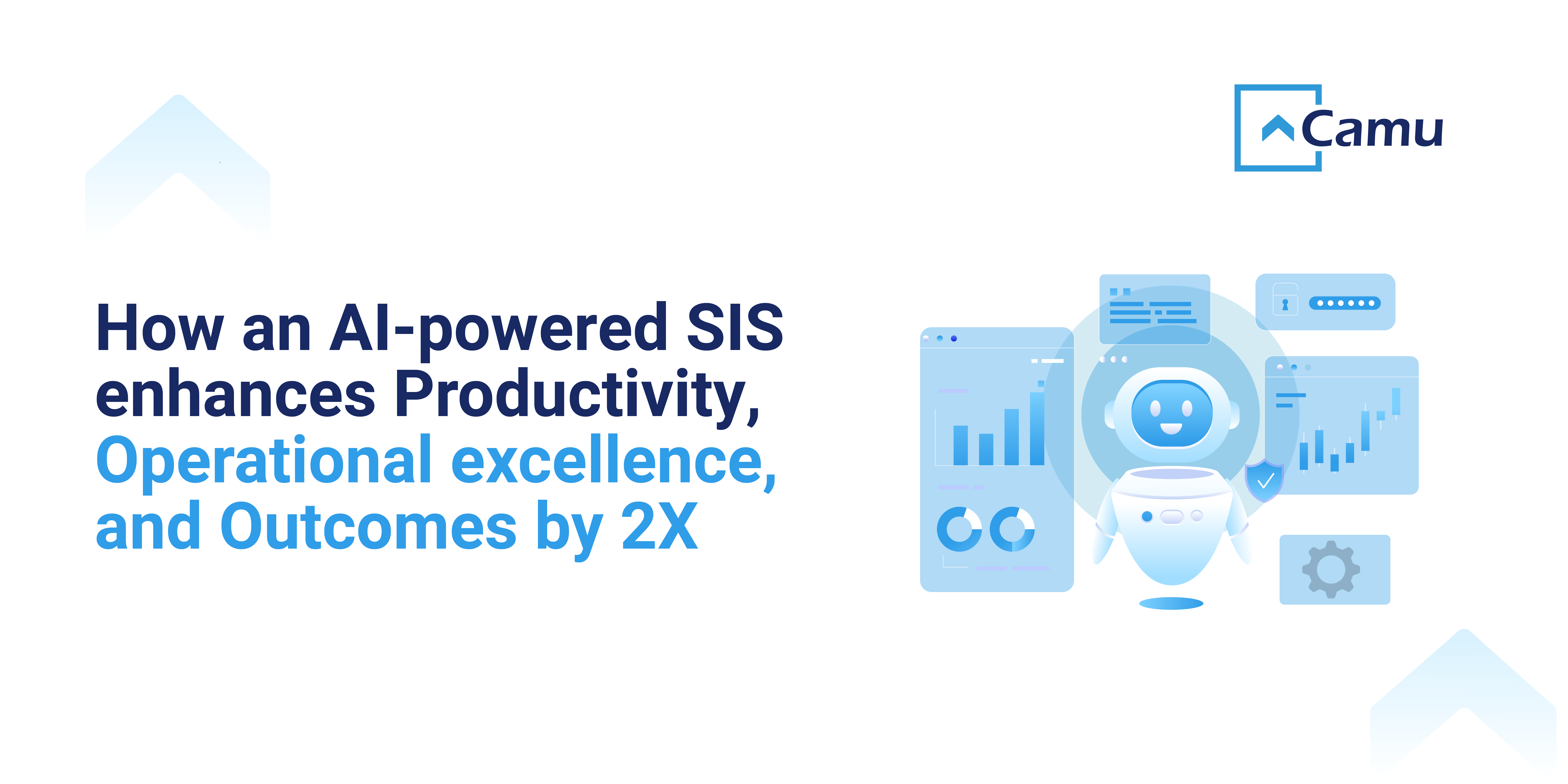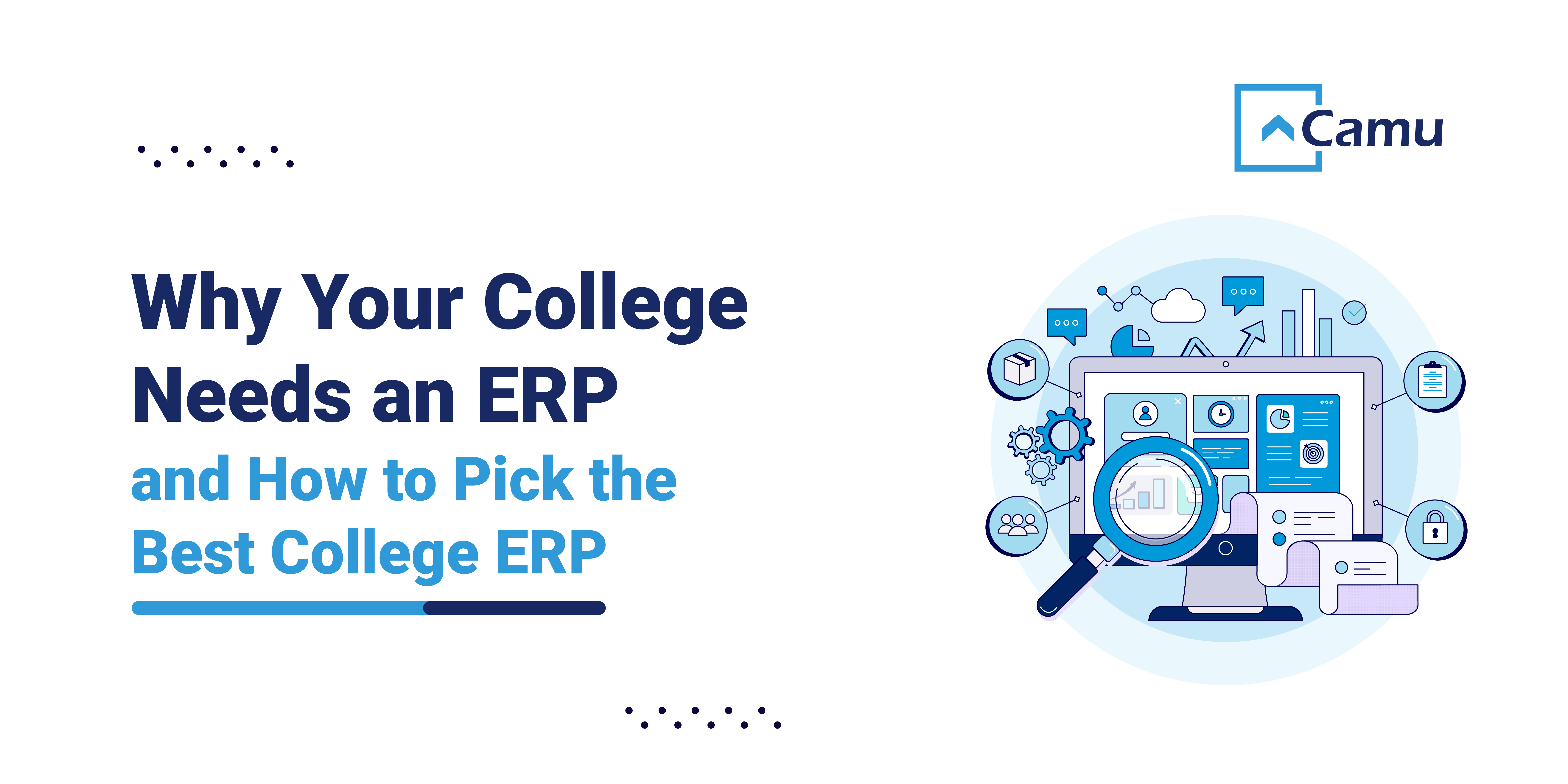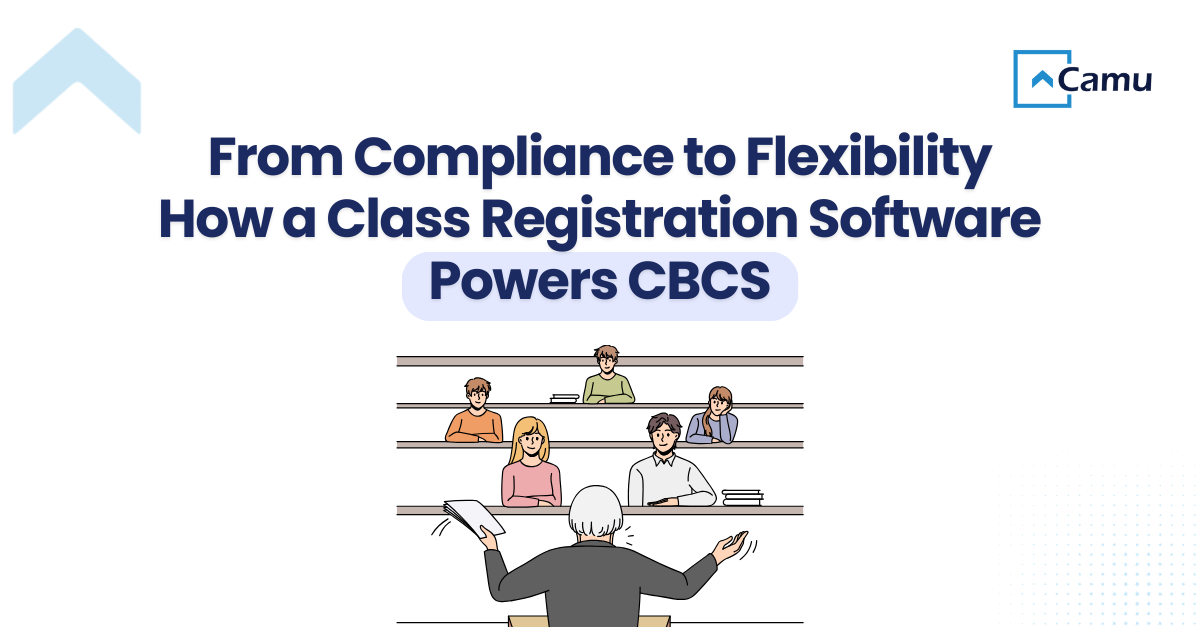Table of Contents
Introduction
What is ERP?
Why Do You Need ERP for Educational Institutes?
Challenges Faced by Educational Institutes
Understanding the Success Factors of Top Schools
Common Features of Education ERP Systems
Role of Education ERPs in Top Schools' Success
Future Trends in Education ERP Systems
Conclusion
Introduction
Compared to the conventional educational framework that prevailed 15 years back, contemporary educational systems have experienced a far more significant transformation. The modern approach to education is substantially influenced by state-of-the-art technology, aiming to establish a quality-centric information transfer process.
Educational institutions now accumulate vast amounts of data about students, alumni, faculty, staff, courses, tuition, resources, and class schedules, among other aspects. However, without comprehensive ERP software seamlessly integrated into the school's operations, harnessing the potential of this data becomes an insurmountable challenge. This article aims to provide an instructive manual elucidating the significance of ERP systems for educational institutes.
What is ERP?
ERP (Enterprise Resource Planning) software solutions play a vital role in streamlining, monitoring, and simplifying the administrative procedures within educational institutions, effectively bridging the communication gap among educators, parents, and students.
Institutions on a global scale, both large and small, have embraced ERP systems, which have recently taken over the responsibilities that were once managed by separate systems in areas like management, finance, and administration within the realm of higher education.
Although initially situated somewhat outside the core focus of higher education, ERP systems have emerged as key players in the IT management of educational institutions. It is imperative to understand that ERP systems in higher education encompass a broad range of functionalities, encompassing not only administrative student information systems but also human resources and financial systems.
Despite the inherent challenges in implementing ERP software in India, corporations in the business sector, which often confront fiercer financial competition compared to nonprofit organisations and a majority of higher education establishments, have reaped substantial benefits from these systems over the past two decades, particularly in the realms of management, finance, and administration.
The landscape of higher education entails supporting academic endeavours within colleges, entailing critical processes such as scheduling, the learning journey (including advising, monitoring, and performance assessment), and examination procedures. Additionally, higher education possesses distinct organisational models, core processes, and objectives that set it apart from other business entities.
Past research has identified numerous parallels between the utilisation of ERP system software in educational institutions and their application in conventional enterprises. As a result, it becomes imperative to investigate the evolving role of ERP systems within educational contexts, along with the implications of their implementation in analogous organisational cultures. Understanding the impact of ERP systems in higher education and acquiring the necessary insights to circumvent challenges posed by older systems is of utmost importance.
Why Do You Need ERP for Educational Institutes?
Educational institutes, like any other organisation, deal with numerous complex tasks ranging from student admissions to administrative management. A college ERP system streamlines these processes, enabling better resource utilisation, efficient management, and improved collaboration. It acts as a digital backbone that connects various departments, leading to enhanced overall performance.
The implementation of the top ERP software within higher education institutions brings about a significant enhancement in productivity and efficiency, accompanied by a multitude of other advantageous outcomes. Some of these benefits encompass:
Enhanced Control: Through a centralised database and immediate access to all pertinent information, this software solution empowers institutions to exercise comprehensive control over their administrative processes, all unified within a single integrated platform.
Improved Connectivity: The primary objective of this system is to foster improved connectivity among all stakeholders within the institution's ecosystem, including students, educators, parents, and staff. This seamless connectivity ensures that all stakeholders can effortlessly access the requisite information and promptly receive answers to their queries.
Adoption of Smart Technology: As the current generation of students exhibits a distinct inclination toward technology, ERP systems must possess the flexibility to evolve alongside the ever-changing technological landscape. This adaptability includes catering to the technological preferences of students, such as offering self-service portals and remote access to libraries. The software is designed to accommodate these evolving technological demands.
Streamlined Reporting: This solution not only streamlines but also aligns and integrates reporting capabilities, enabling swift access to crucial business and student-related analytics. This encompasses data about fees, student headcounts, employee records, and more, all available in near real-time. The outcome is enhanced accuracy and reliability in reporting mechanisms.
Challenges Faced by Educational Institutes
Educational institutes encounter a set of unique challenges:
Data Silos: Information gets trapped in department-specific databases, hindering effective decision-making.
Communication Gaps: Communication between teachers, parents, and administrators can be cumbersome, leading to misunderstandings.
Manual Administrative Tasks: Manual processes such as admissions, attendance tracking, and scheduling are time-consuming and error-prone.
Understanding the Success Factors of Top Schools
Several success factors contribute to the prominence of top schools:
Academic Excellence and Holistic Development: These schools emphasise academic performance and holistic student development through extracurricular activities and character-building initiatives.
Efficient Administrative Management: Top schools manage administrative tasks efficiently, ensuring smooth operations and optimal resource utilisation.
Parent and Teacher Engagement: A strong partnership between parents and teachers fosters a conducive learning environment for students.
Data-Driven Decision-Making: These schools rely on data-driven insights to enhance teaching methods, student support, and overall school strategies.
Common Features of Education ERP Systems
Admissions Management: Streamlines application and registration procedures, reducing student inquiries.
Attendance Management: Facilitates attendance tracking and reporting integrated with class schedules.
Fee and Payment Management: Simplifies fee tracking and payment processing across courses.
Course Management: Manages course details, sections, credits, and class hours efficiently.
Faculty Management: Handles recruitment, lecturer profiles, schedules, and workloads.
Student Information/Records System: Centralises student profiles consolidating data from various modules.
Academic Analytics: Provides insights on student activities, headcounts, and course popularity.
Student Portal: Enables self-service options like enrolment, fee payment, and accessing course information.
Certificate/Document Management: Automates access and approval for certificates and documents.
Inventory Management: Controls assets like textbooks, lab equipment, and computers efficiently.
Role of Education ERPs in Top Schools' Success
Streamlining Administrative Tasks
Student Admissions and Enrollment
Timetable and Scheduling Management
Attendance Tracking and Reporting
Enhancing Communication and Engagement
Enabling Data-Driven Insights
Student Performance Analytics
Teacher Effectiveness Assessment
Resource Allocation and Utilisation
Supporting Holistic Student Development
Future Trends in Education ERP Systems
Integration of AI and Machine Learning: Predict student performance and personalise learning.
Mobile App Accessibility and Usability: On-the-go access for all stakeholders.
Data Analytics and Reporting: Deeper insights into institutional and student performance.
Integration with Learning Management Systems: Unified learning ecosystems.
Cloud-Based ERP Systems: Scalability, flexibility, and cost savings.
Enhanced Security Features: Robust protection of sensitive data.
Conclusion
In the ever-evolving landscape of education, ERP systems have emerged as transformative tools that empower educational institutions to excel in their mission of nurturing students' growth and development. As technology advances, the future of education school ERP software promises integration with AI, enhanced mobility, data analytics, and heightened security, ensuring that schools remain at the forefront of innovation and excellence.
Enjoy seamless management of your educational institution with Camu. Schedule a call with our team today to know more.





